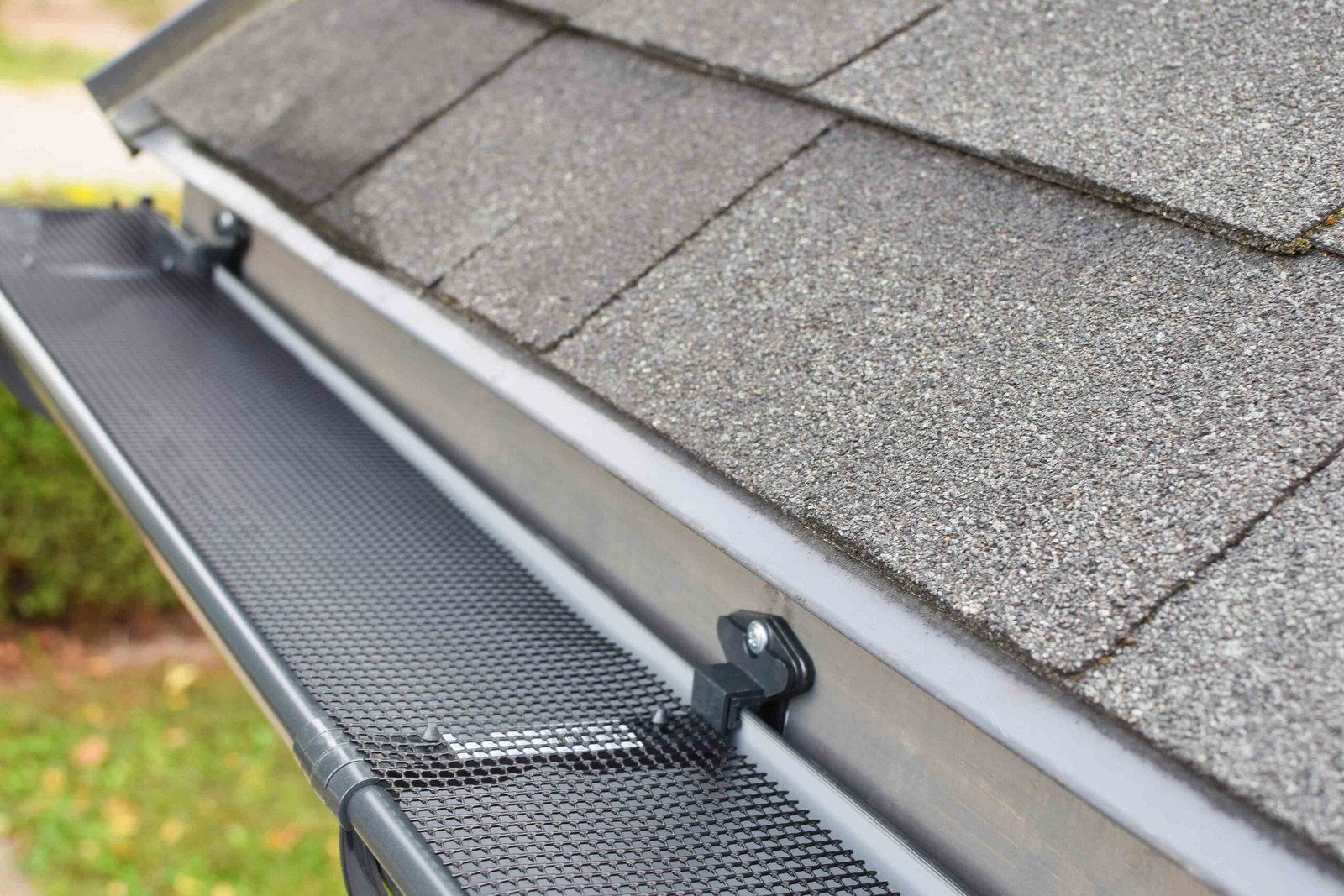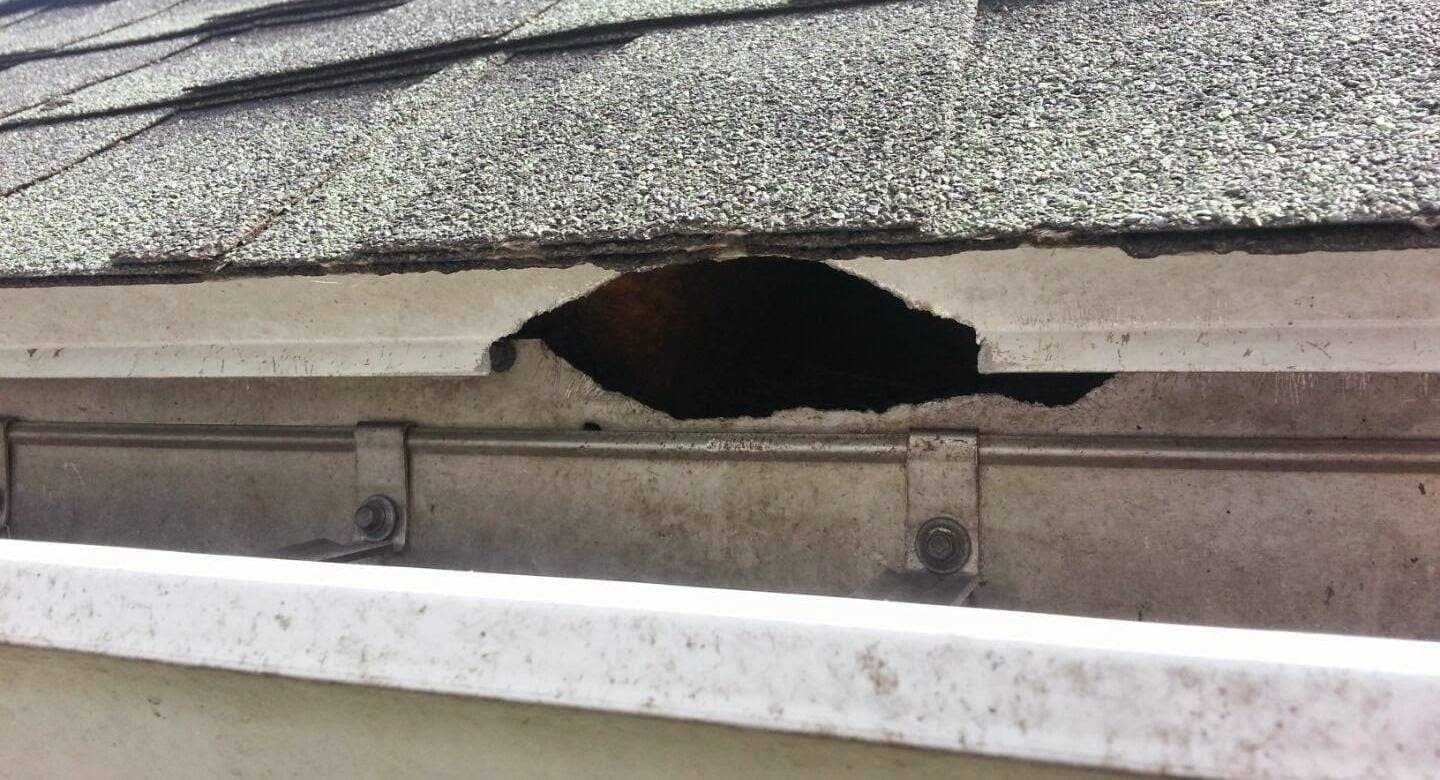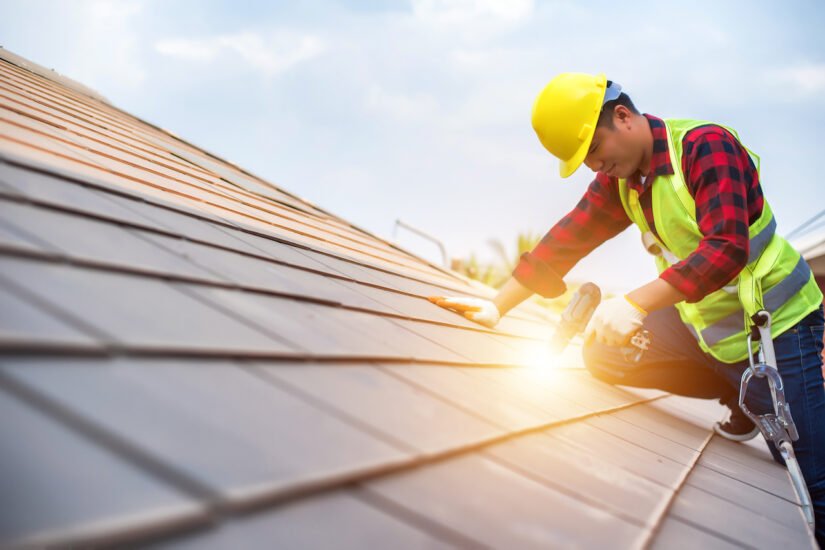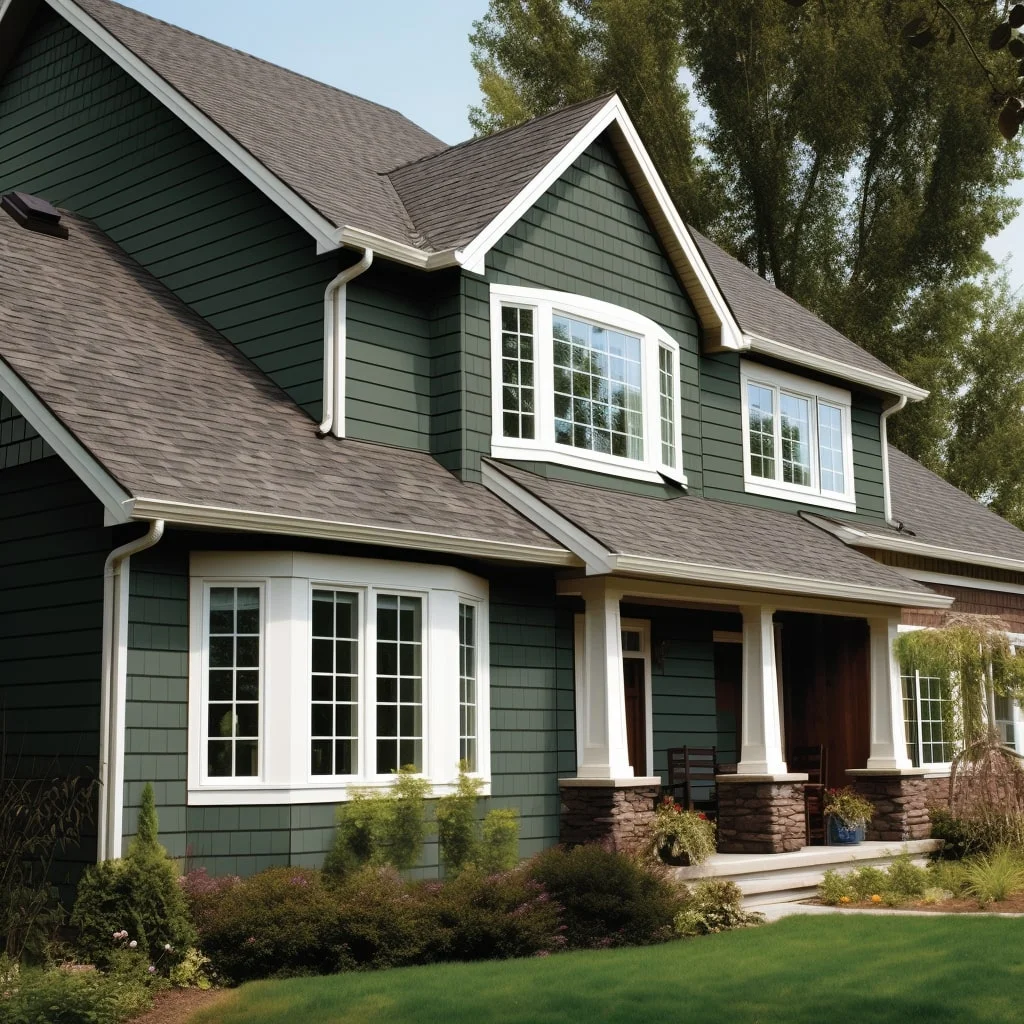By presenting informative and objective information, this article aims to assist homeowners in making informed decisions about vinyl siding selection.
Local Climate Ratings
The suitability of vinyl siding for a specific location can be determined by checking if the siding material is rated for the local climate. Local climate considerations are crucial in ensuring that the vinyl siding can withstand the weather conditions of the area.
For example, in regions with extreme temperatures, it is important to choose vinyl siding that is designed to withstand both hot summers and cold winters.
In addition to the standard vinyl siding options, homeowners may also consider the benefits of insulated vinyl siding. Insulated vinyl siding provides an extra layer of insulation, helping to improve energy efficiency and reduce heating and cooling costs. This type of siding can also enhance the comfort of the home by reducing drafts and outside noise.
Overall, considering the local climate and the benefits of insulated vinyl siding can help homeowners make an informed decision when choosing vinyl siding for their homes.
Color and Texture Matching
Color and texture matching is an important aspect to take into account when selecting vinyl siding. The color and texture options available for vinyl siding are vast, allowing homeowners to choose a design that suits their aesthetic preferences.
Vinyl siding comes in a variety of colors, ranging from neutrals to bold and vibrant shades. This wide range of color options allows homeowners to match the siding with the existing color scheme of their home or create a contrasting effect.
Additionally, vinyl siding can mimic the texture of other materials, such as wood or stone, providing a visually appealing and realistic look. The design and aesthetic considerations of color and texture options in vinyl siding allow homeowners to personalize their homes and create a cohesive and attractive exterior.
Maintenance Requirements
Maintenance requirements for vinyl siding should be carefully considered to ensure the longevity and durability of the material. Proper maintenance can help prevent damage and prolong the life of the siding. Here are three key maintenance requirements to keep in mind:
- Regular Cleaning: Vinyl siding should be cleaned annually to remove dirt, grime, and mildew. This can be done with a soft brush or a pressure washer on a low setting. Avoid using harsh chemicals or abrasive cleaners that can damage the surface.
- Inspection and Repairs: Regularly inspect the siding for any signs of damage, such as cracks or loose panels. Promptly repair any issues to prevent further damage and maintain the integrity of the siding.
- Protection from Extreme Weather: Vinyl siding is designed to withstand most weather conditions, but it is still important to protect it from extreme elements. During storms or harsh weather, consider using storm shutters or other protective measures to shield the siding from potential damage.
In addition to maintenance requirements, it is also important to consider the energy efficiency of vinyl siding. Insulated vinyl siding options can help improve energy efficiency by reducing heat loss and lowering energy costs. When choosing vinyl siding, look for options with high R-values to maximize energy efficiency.
Manufacturer’s Warranty and Installation Procedures
When evaluating vinyl siding options, it is crucial to thoroughly review the manufacturer’s warranty and understand the installation procedures. The manufacturer’s warranty coverage provides important information about the level of protection and support you can expect for your vinyl siding. It is important to understand what aspects of the siding are covered, such as defects in materials or workmanship, fading, cracking, or warping.
Additionally, understanding the installation procedures is essential to ensure the proper installation of the vinyl siding. Improper installation can lead to issues such as water infiltration, poor insulation, and decreased durability.
To assist homeowners in evaluating these factors, the following table provides an overview of the manufacturer’s warranty coverage and the proper installation procedures for some popular vinyl siding brands.
Homeowners Insurance Coverage
The coverage provided by homeowners insurance policies should be taken into consideration when evaluating vinyl siding options. Homeowners insurance benefits can vary depending on the policy, but it is important to understand the insurance policy coverage related to vinyl siding. Here are some key factors to consider:
- Coverage for damage: Determine if your homeowners insurance policy covers damage to vinyl siding caused by events such as fire, windstorms, or hail. Understanding the extent of coverage can help you assess the financial protection provided.
- Liability coverage: Check if your policy includes liability coverage for accidents or injuries that may occur due to issues with your vinyl siding. This coverage can help protect you financially in case of lawsuits or medical expenses.
- Additional living expenses: In the event that your home becomes uninhabitable due to covered damage to your vinyl siding, some insurance policies provide coverage for temporary living expenses. This can include costs for accommodations, meals, and other necessary expenses.
Energy Efficiency and Cost Considerations
Insulated vinyl siding options can contribute to the reduction of energy costs associated with home exteriors. These siding options provide benefits such as improved insulation, which helps to keep the home warmer in the winter and cooler in the summer. This can lead to long-term cost savings by reducing the reliance on heating and cooling systems. In addition, insulated vinyl siding can also help to minimize air leakage, which further improves energy efficiency.
To highlight the benefits of insulated vinyl siding, consider the following table:
| Benefits of Insulated Vinyl Siding |
|---|
| Improved insulation |
| Reduced energy costs |
| Long-term cost savings |
Overall Cost and Budget Alignment
Overall cost and budget alignment is an important aspect to consider when evaluating the feasibility of installing vinyl siding. Homeowners must carefully assess the financial implications and ensure that the cost aligns with their budget. To help homeowners make an informed decision, the following cost-saving benefits of vinyl siding as a long-term investment can be considered:
- Lower installation costs: Vinyl siding installation is often less expensive than other types of exterior materials. This can result in immediate cost savings for homeowners.
- Energy efficiency: Insulated vinyl siding options are available, which can help reduce energy costs over the long term. The improved insulation provided by these options can contribute to energy savings and lower utility bills.
- Reduced maintenance costs: Vinyl siding requires minimal maintenance compared to other materials. This means homeowners can save on maintenance costs, such as painting or staining, over the lifespan of the siding.
Considering these cost-saving benefits, vinyl siding can be a wise long-term investment for homeowners looking to enhance their home’s aesthetics, protect against weather damage, and reduce energy costs.
Importance of Working With a Qualified Contractor
Working with a qualified contractor is crucial for ensuring the proper installation and long-term durability of vinyl siding. Hiring a professional installer offers numerous benefits.
Firstly, professional installation guarantees that the siding is installed correctly, preventing any potential issues such as water leaks or gaps. Additionally, a reputable contractor possesses the necessary skills and expertise to handle any challenges that may arise during the installation process. They are also knowledgeable about local building codes and regulations, ensuring compliance and avoiding any legal complications.
Moreover, professional contractors often have access to high-quality materials and tools, resulting in a higher quality installation. Lastly, working with a qualified contractor provides homeowners with peace of mind, knowing that their vinyl siding is being installed by a trusted professional.
To find a reputable contractor, homeowners can rely on recommendations from friends or family, read online reviews, and verify the contractor’s credentials and licenses.



